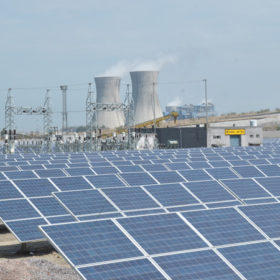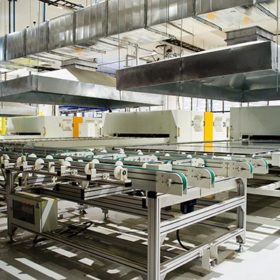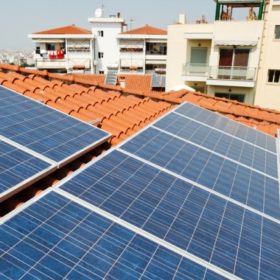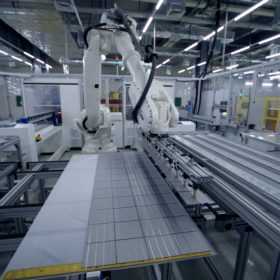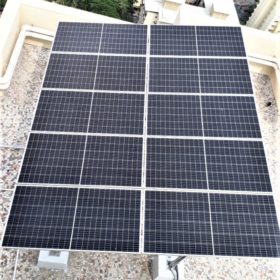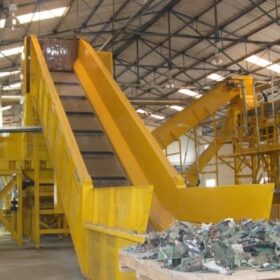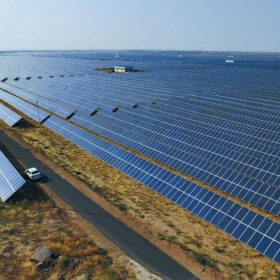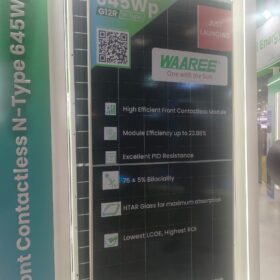NSEFI gets a new address
Bhagwanth Khuba, minister of State for New and Renewable Energy, recently inaugurated industry body National Solar Energy Federation of India’s new office at Saket in New Delhi.
Ohmium ships its first ‘made in India’ hydrogen electrolyzer to USA
USA-headquartered Ohmium International, through its subsidiary in India, manufactures modular-interlocking proton exchange membrane (PEM) electrolyzers for hydrogen production. The company aims to make India a nucleus for global hydrogen-based green energy solutions with R&D centers in Silicon Valley (USA) and Bengaluru (India).
Magenta to invest US$33.6 million in Tamil Nadu
The company will invest INR 250 crore for the R&D and manufacturing of cutting-edge technologies in the e-mobility segment.
Round-the-clock tenders can help India meet demand for firm renewable power
A report has stated the renewable-plus-fossil fuel model is the best short term option to meet the assured supply conditions in the Solar Energy Corporation of India’s round-the-clock power tenders. Further out, as the cost of batteries decline, that technology is likely to become the most viable option for providing critical, non-intermittent power.
Tata Power to set up 4 GW integrated solar manufacturing plant in Tamil Nadu
The company’s solar arm is planning a 4 GW integrated solar PV manufacturing unit with an investment of around INR 3,000 crore (US$403 million).
TVS Motor commits US$161.2 million of electric vehicle investment in Tamil Nadu
The company has signed a memorandum of understanding with the state government to invest INR 1,200 crore for the design, development and manufacturing of new products and capacity expansion in the electric vehicles space.
Servotech Power secures off-grid solar project from UPNEDA
The New Delhi-based solar products manufacturer will install and commission off-grid solar PV power plants in government office buildings in the Indian State of Uttar Pradesh.
Adani Solar partners KSL Cleantech for retail expansion to East and Northeast
The Indian solar manufacturer and EPC contractor has chosen KSL Cleantech as the channel partner for the retail distribution of its solar panels in the eastern and northeastern markets of India.
Renew Power wants to set up 50 kiloton green hydrogen plant in Madhya Pradesh
The renewable energy developer is ready to invest INR 18,000 crore (US$ 2414.29 million) in setting up a 50 kilotonne per annum green hydrogen production plant in the State.
Up to code for decarbonization
The International Energy Agency predicts that India will record the world’s fastest growth in energy consumption from buildings through 2040. The energy demand could create a big market for solar installers and equipment providers, particularly in the commercial and industrial sector. While building codes now include provisions for renewable energy integration, effective implementation will be key to ensuring compliance.



